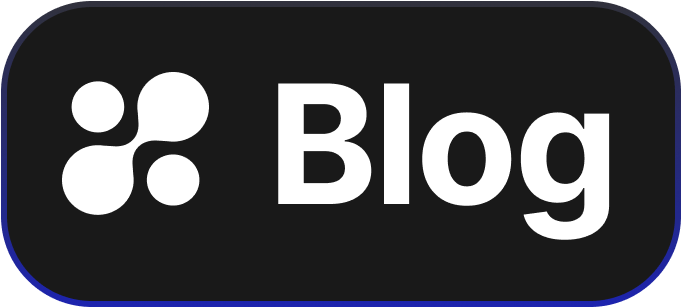The Future of Secure Access: LDAP Continuous Authentication Made Simple
Security is a major concern for technology managers today. Ensuring that only the right people have access to sensitive information is crucial. This is where LDAP Continuous Authentication comes into play, offering a smarter way to manage user access. It’s not just about who gets in, but ensuring that their access is consistently monitored and controlled. Let's explore how this innovative approach benefits businesses and why it matters.
Understanding LDAP and Continuous Authentication
WHAT is LDAP?
LDAP, or Lightweight Directory Access Protocol, is a method used for accessing and maintaining distributed directory information services over a network. It’s like a phonebook for finding details about users, groups, and other resources.
WHY Continuous Authentication?
Traditional systems often rely on a single point of login, which can become a vulnerability. Continuous authentication constantly checks if the user is who they say they are throughout their session. It’s like having a security guard who verifies identities every few minutes rather than just once at the door.
Main Benefits for Technology Managers
Enhanced Security Measures
Continuous authentication reduces the risk of unauthorized access. If something seems off, like a user suddenly accessing unusual data or a device location changing unexpectedly, the system can respond immediately. This proactive approach prevents data breaches before they happen.
Improved Compliance
Meeting compliance standards like GDPR or CCPA becomes easier. Continuous checks and logging align well with legal requirements to protect sensitive data and track access activities. This can save businesses time and potential fines.
Why LDAP Makes a Difference
LDAP provides a single source of truth for user identity across multiple systems and applications. This integration means that access decisions can be based on up-to-date and consistent data, making it easier to grant, revoke, or adjust permissions quickly in response to new information.
Implementing LDAP Continuous Authentication
HOW can it be setup?
Start by integrating your existing LDAP system with tools and platforms that support continuous authentication. Ensure your IT team understands the configuration process and the ways to monitor authentication flows.
Benefit to Your Team
With continuous authentication, less time is spent fixing access issues or dealing with security incidents. IT teams can focus on other critical tasks, knowing that user access is robustly managed.
Conclusion: Secure Your Network with Next-Gen Authentication
LDAP Continuous Authentication is not the future—it’s now. This approach not only secures your network but also makes compliance more straightforward and efficient. With growing threats to cybersecurity, staying ahead is vital.
Experience the seamless integration and real-time monitoring for yourself. Visit hoop.dev to explore how easily you can see this security enhancement live in minutes. Step into the future of identity and access management today.
